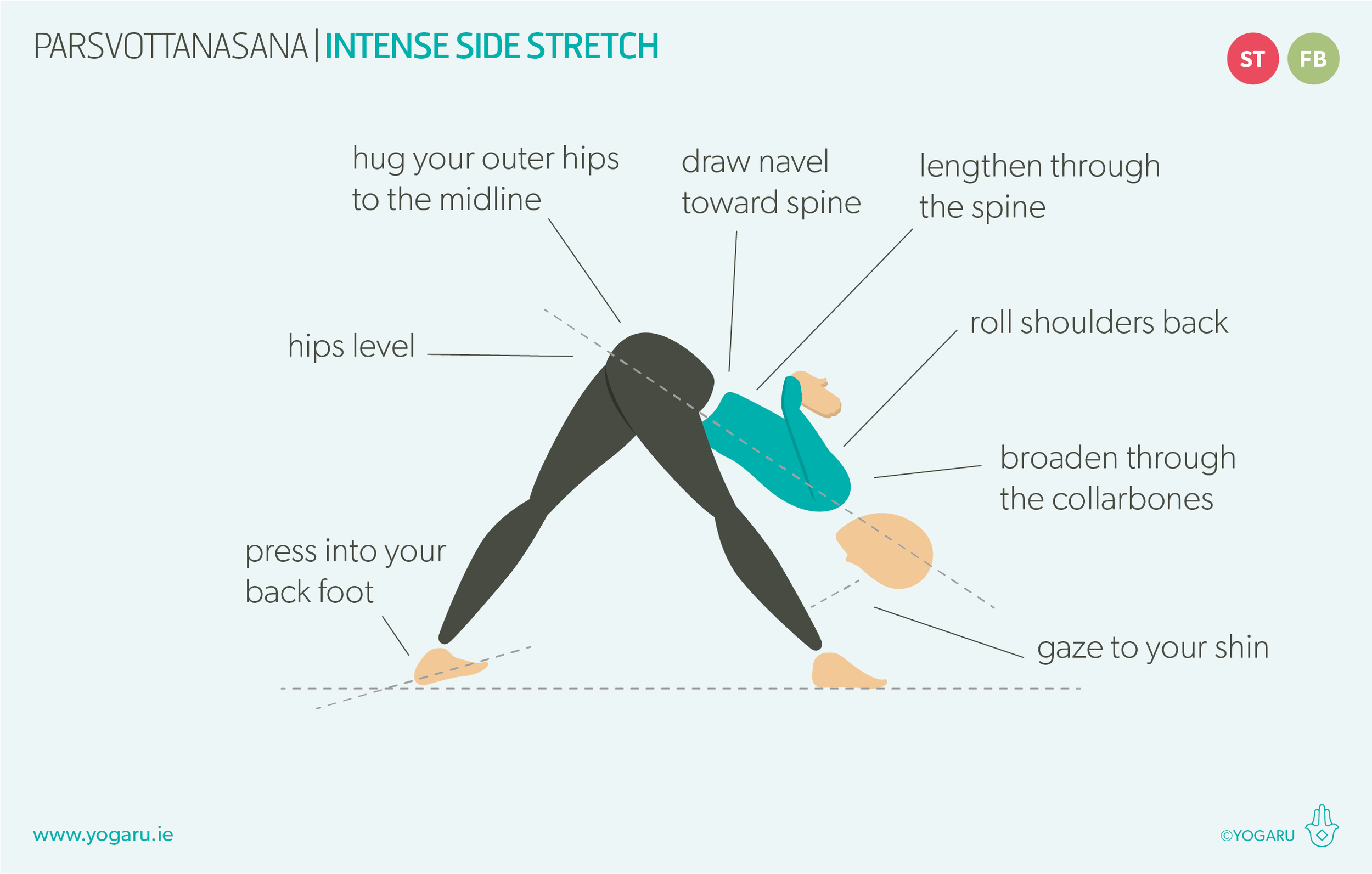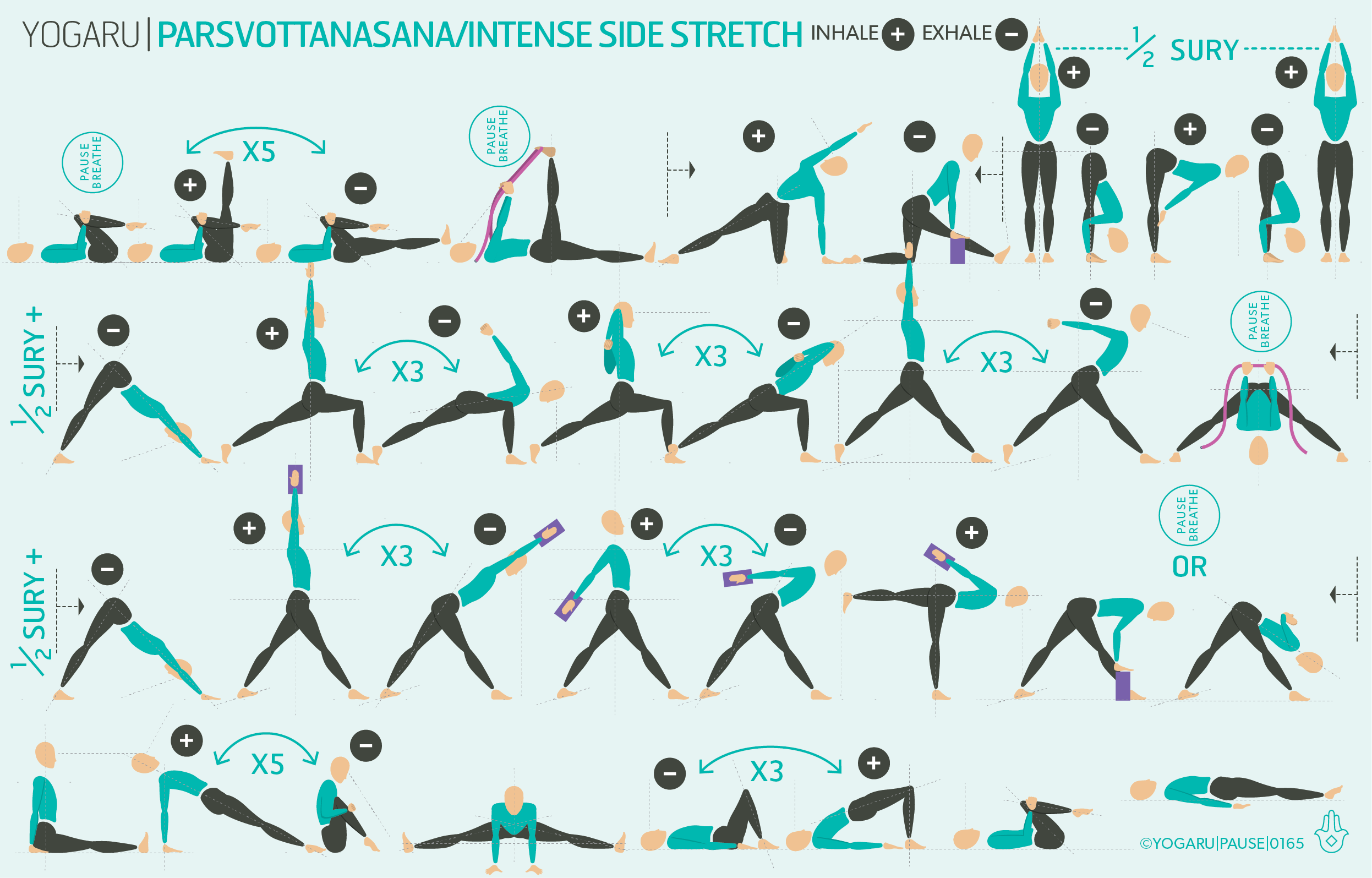At the centre of your core lies a muscle known as ‘the muscle of the soul’. Guest writer Sam Delahunty goes deep into the core.
THE INVISIBLE CORE
In today's fitness industry there is a strong focus on the ‘six pack’. While these are the visible muscles of the group that is ‘your core’, there are invisible, deeper and just as important muscles there as well. Deep in your body's centre there lies a muscle called the iliopsoas. Consisting of the psoas and the iliacus, this muscle plays a much larger role in your life than expected. Considered part of the posterior abdominal wall, the psoas originates in the lumbar spine, travels through the pelvis where it picks up the iliacus, and reaches right down to the femur leg bone. What makes it unique is that it is the only muscle that connects the upper and lower body. Its function is to lift the leg towards the body in flexion. A very common movement in an active life – think running, cycling, squatting, walking, core exercises and everyday movements. Because of its common use it can be very susceptible to tightness due to overuse.
THE PSOAS AND YOUR NERVOUS SYSTEM
Your nervous system has an ‘on’ switch (the sympathetic nervous system, fight or flight response) and an ‘off’ switch (the parasympathetic nervous, rest and restore response). Because of the psoas involvement in the action of running, it is one of the first responders in a fight or flight situation, making it strongly linked to the ‘on’ switch in the nervous system. When your psoas is at rest you are more inclined to be relaxed and when your psoas is tight you are more inclined to be stressed. A well adaptive nervous system fluidly shifts from ‘on’ to ‘off’ but when the psoas is tight we can get stuck ‘on’ and it sends signal to the body to constantly be prepared for fight or flight. This leads to an excess release of cortisol and adrenaline, in other words, stress hormones. This isn't all an overused psoas causes. With the upper section of the psoas attached to the lower lumbar spine, when it is tight it can pull your lumbar vertebrae forward and lead to back pain. The diaphragm and the psoas connect along the same vertebrate, meaning a tight psoas impacts your diaphragm's ability to expand fully, leading to shorter breaths and an activation of the nervous systems ‘on’ switch. The problems a tight psoas can cause is a perfect example of the importance of yoga in a balanced fitness journey. Through yoga you explore your body in a deeper way than other fitness avenues. You focus on the inner rather than the outer, and help fix and avoid problems caused in other activities, to create harmony.
EXPLORING YOUR DEEP CORE IN YOUR PRACTICE
Most of us sit for longer than our bodies were designed to, which causes the psoas to shorten and become stagnant. This sequence will help you identify and release the psoas. If you are a runner or cyclist this sequence will be of particular benefit to you. As you move through the sequence take a moment to bring your fingertips to your pointy hip bones. Actively lift them up to make sure your psoas, and assisting hip flexor muscles, are not pulling your pelvis and lumbar spine forward, causing an overarch in your lower back. The sequence finishes with a psoas release restorative pose where you lie with the back of your hips over a rolled blanket or small bolster. When you take this pose make sure that you actively draw the back of the top of your pelvis down towards the ground to make sure you are not overarching your lower back.
Getting familiar with your psoas, and adding some of the psoas releasing poses into your practice, will make it easier to avoid it getting tight and will help to manage the nervous system too.
ALIGNMENT CUES
There is no specific peak pose in this sequence. Use the cues below to help you flow through the sequence with ease and fluidity.
Have a read of the tips below and either print out the sequence or save it onto your device:
Use the breath guide in the sequence to help you link breath with movement in the flow. Inhale is indicated with a ‘+’, exhale is a ‘-”.
If there are specific poses that you would like to stay longer in, give yourself three deep breaths in those poses and pick up the next pose with the allocated inhale or exhale as indicated by the sequence.
For a longer practice repeat the warm up flow on the first line at the start of each of the three standing flows or repeat each of the standing mini flows three times.
To save the images for personal use click and hold down the image until the ‘save image’ option appears; on Mac hold down ‘control’ and click the image to get the option box; on PC right click on the image to get the option box. Scroll down in the ‘option box’ and click ‘save image’.
Sam’s keen interest in fitness started at an early age during his time spent playing rugby in St.Michael’s. He went on to complete an olympic triathlon at the age of 16 followed by a half marathon.
These achievements gave him the inspiration needed to set him down the health and fitness path. He learnt the importance of multidisciplinary training and incorporating yoga and functional training when creating programmes. His systematic approach to both performance and everyday health is all about building an overall ability to specialise and succeed.









